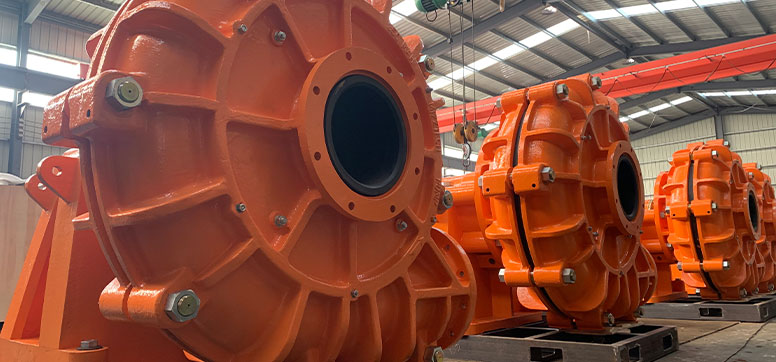

 |

|

Brief introduction to various components of jaw crusher
As a typical type of traditional crushing equipment, the jaw crusher has a very simple structure in actual production and application. The jaw crusher is a relatively common crushing equipment, consisting of a frame, jaw plate and side guard plate, transmission parts, adjustment device, flywheel, lubrication device, eccentric shaft, large belt pulley, flywheel, elbow plate, elbow plate back seat, clearance adjusting screw, reset spring, etc. I will briefly introduce the main components of a jaw crusher.
frame
The rack is a rigid frame with four walls that are open up and down. Its function is to support an eccentric shaft and bear the reaction caused by the crushed material. It needs to have a certain strength and stiffness, and is usually cast as a whole using cast steel. For small machines, it can also be replaced with high-quality cast iron. The frames of large machinery are generally cast in blocks and then fixed together with screws, and the casting process is relatively complex. The self-developed small jaw crusher can also use welded steel plates with a certain thickness for its frame, but its rigidity is not high.
Claw and frame
Both fixed and movable jaws are composed of a jaw base and a jaw plate, where the jaw plate is a working component connected to the jaw base through screws, wedge-shaped iron, etc. The fixed jaw base is the front wall of the frame, and the movable jaw is suspended on the circumference, requiring it to have a certain hardness and strength to withstand the reaction force during crushing. Therefore, cast steel or cast iron are often used.
Drive components
The eccentric shaft is the main spindle of a crusher, which bears a large amount of bending and torsion. The bearing inner lining is cast with Babbitt alloy and surface treated. One end of the eccentric shaft is equipped with a pulley, and the other end is equipped with a flywheel
Adjuster
The adjustment mechanism can be wedge-shaped, pad type, hydraulic type, etc. Usually, a wedge-shaped structure is used, which is composed of two wedge-shaped structures: front and rear. The front wedge-shaped structure can move backwards and backward to support the rear; The rear wedge is an adjustable wedge that can move up and down. The slopes of the two wedges are inverted, and the size of the discharge is adjusted by driving the up and down movement of the rear wedge through a screw. The small jaw crusher adjusts the discharge by increasing or decreasing the number of spacing blocks between the thrust plate bracket and the frame.
Rotary flywheel
The flywheel of a jaw crusher is used to store the energy generated during the movement of the moving jaw, which is then applied to industrial molding to achieve consistent machine operation. The pulley also acts as a flywheel. The material of the flywheel is generally cast iron or steel, while on small machines it is a single piece type. When making and installing the flywheel, attention should be paid to its static balance.
Lubrication mechanism
For bearings of eccentric shafts, lubrication is generally carried out in a central circulation manner. The bearing surfaces of the main shaft and thrust disc are usually lubricated with grease using an artificial oil gun. Due to the small swing angle of the moving nozzle, it brings certain difficulties to the lubrication of the main shaft and bearing sleeve. Usually, several axial oil grooves are dug at the bottom of the bearing sleeve, and a circular oil groove is dug in the center to connect the two bearing sleeves. Then, the bearing sleeve is forced to be lubricated with dry grease using an oil pump.
Due to the harsh working conditions of the jaw crusher, there will be a certain degree of wear after use, especially the wear of vulnerable components will be more severe. However, the wear and tear of equipment parts that work under certain conditions usually follows a certain pattern. After working for a certain period of time, they need to be repaired and replaced. This time interval is called the wear cycle of the parts, or the service life of the parts.


